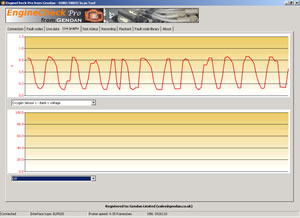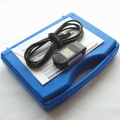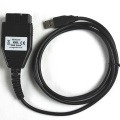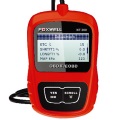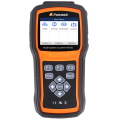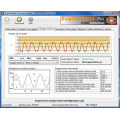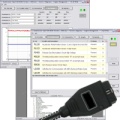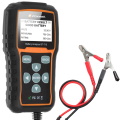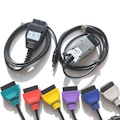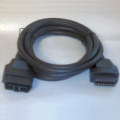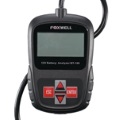| Home | Articles | General car diagnostic information |
Fuel contamination problem in South East England - Silicone coating Oxygen Sensors |
BackgroundThe recent fuel contamination problems have been widely covered in the press. The problems appear to have been caused by a silicone-based substance contaminating a tank of unleaded petrol before it reached the pumps. The exact source of the contamination has not been fully published, but it has been suggested that a storage tank had not been completely emptied before being filled with unleaded petrol. This substance remaining in the tank is thought to have been an additive for diesel fuels that prevents the fuel foaming at the pumps. This would not normally be added to petrol. Why is this affecting engines?Whilst petrol engines appear to be able to 'run' with additive present, the silicone severely affects one of the key engine sensors – the oxygen (or lambda) sensor. This sensor monitors exhaust gases – feeding the information back to the engine control unit, which in turn adjusts the fuel and air mixture to keep the engine running efficiently. The silicone in the contaminated fuel forms a coating on these sensors, effectively preventing them from monitoring the exhaust gases. As a result, the information fed to the engine is inaccurate and the engine control unit cannot correctly control the engine operation. What are the symptoms?

How can you check what is wrong?When the Check Engine light is on, the car has stored a fault code that will indicate where the fault has been found. A handheld reader or a PC-based system such as this one can read the fault code. With a failed oxygen sensor, the tools will report a fault code such as: P0133 - O2 Sensor Circuit Slow Response (Bank 1 Sensor 1) P0134 - O2 Sensor Circuit No Activity Detected (Bank 1 Sensor 1) With a PC-based tool or an advanced handheld tool, you can also check the voltage readings from the oxygen sensor. A healthy oxygen sensor will be providing a signal that fluctuates between about 0.1 and 0.9 Volts, e.g. With a contaminated sensor, the readings will not be fluctuating correctly – either showing only a very limited range or just remaining at a constant value. What can be done?If contamination is suspected, it is important to ensure that all petrol purchase receipts are retained. Retailers are starting to offer to settle claims for any costs incurred. Even if the 'damage' has not yet come to light on your car, contamination may have occurred and the sensor may yet fail earlier than expected (a sensor will normally operate effectively for 50,000 to 60,000 miles). It is important to have the fault codes read from the car to confirm whether oxygen sensor faults are being reported. This can be done using the tools mentioned above or by a professional mechanic. If the oxygen sensor is faulty, the most common remedy will be replacement of the oxygen sensor. Replacement sensors are available directly from the car dealership or from aftermarket stockists. In some cases, the contaminated sensors can be cleaned if ultrasonic cleaning equipment is available. Any remaining contaminated fuel must also be removed from the car. Further informationIf you have any queries on the subject, the testing of sensors or on replacement oxygen sensors, please contact us. |
|
|









































































 Full desktop website
Full desktop website


